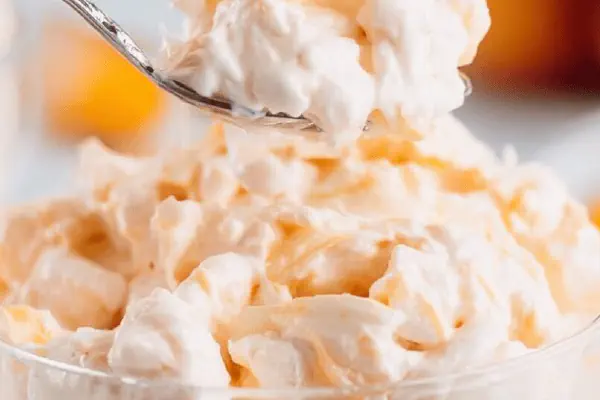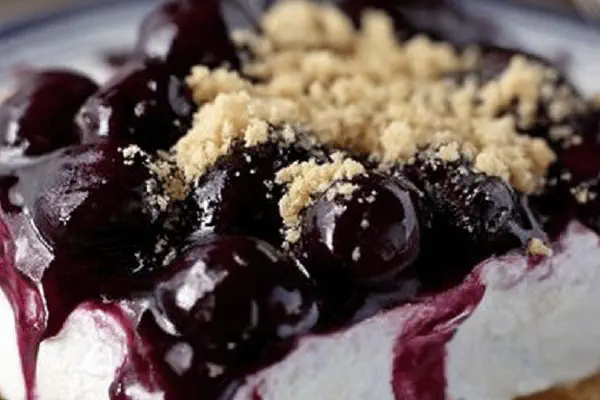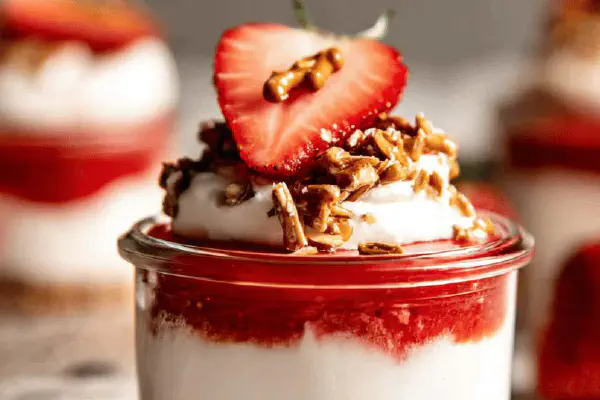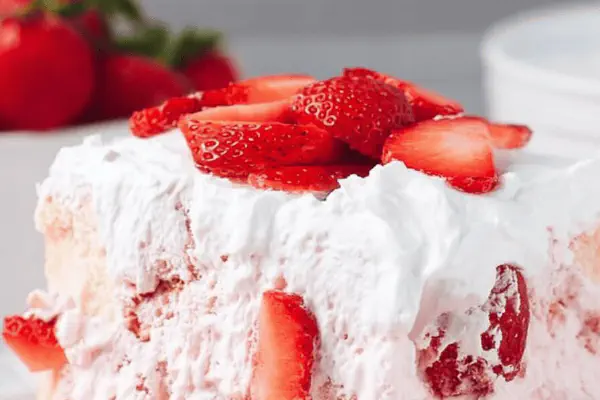Red Pineapple Carpaccio
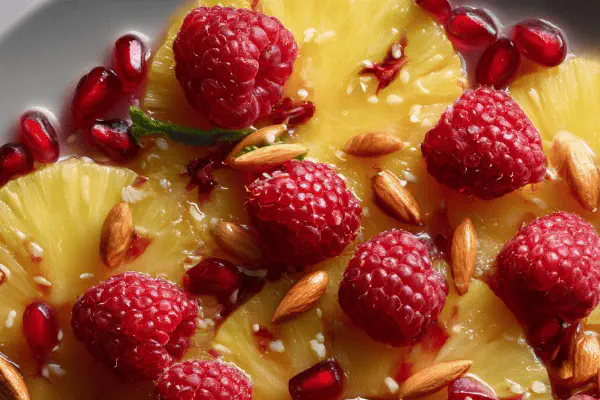
By Emma
Certified Culinary Professional
Ingredients
- 1 ripe pineapple
- 130 ml freshly squeezed pomegranate juice (about 2 grenades)
- 15 ml canola oil
- 1 ml vanilla extract
- 370 ml fresh raspberries (approx 170 g)
- 80 ml sweet whole red peanuts
About the ingredients
Method
- Peel pineapple, quarter lengthwise. Remove core firmly but avoid breaking edges. Texture must stay firm. Place quarters into sealable bag. Pour in pomegranate juice. Seal tightly; excess air ruins infusion. Refrigerate minimum 5 hours, up to 2 days max. Timing flexible. Visual: pineapple brightens slightly, juices darken.
- Whisk canola oil with vanilla extract in small bowl till slightly emulsified. Smell for vanilla intensity; adjust if needed. Set aside.
- Drain pineapple from marinade carefully, keep juice aside for drizzle. Slice quarters into 6 mm thick slices—thicker slices retain chew. Arrange slices evenly on serving plates or a large platter, overlapping edges for visual impact.
- Distribute fresh raspberries between pineapple slices evenly, contrast color and texture important.
- Scatter sweet red peanuts on top for crunch and unexpected sweetness. Raw peanuts possible substitute if allergy concerns arise; roast first for depth.
- Drizzle reserved marinade juice sparingly over carpaccio—too much makes fruit soggy. Drop vanilla oil tincture around edges and over top for aromatic bursts, not drenched.
- Serve immediately or chill briefly. Pineapple should feel vibrant, not limp. Nuts stay crisp. Raspberries pop freshness. Sunny, rich aromas unfold in each bite.
Cooking tips
Chef's notes
- 💡 Peeling pineapple clean actually tricky; skin spikes cut into flesh easy. Use sharp knife, steady wiggle motion along contour. Core removal deep enough to avoid hollow slices but keep wedge intact. Watch texture closely before marinating; too soft means mush later. Balance marinade time between 6–48 hrs max. Less time skins sharp tart, longer softens but risks soggy. Bag infusion key for even flavor uptake; plastic wrap works but uneven saturation common. Eyes on fruit color: brightening signals absorption. Always drain gently; squeezing juice dumps back moisture loosening structure.
- 💡 Slice thickness crucial; 5 to 6 mm best. Thicker slices hold chew, thinner melt but sog quickly. I learned mandoline helps uniform cut but watch raspberries—they bruise with rough handling. Raspberries must be fresh, cold, dried, no moisture excess. Too wet clumps and drags flavor. Scatter evenly for visual color contrast. Peanuts add crunch and hidden sugar note. Sweet red peanuts closest match; roasted or raw possible if allergy, but prep differently—roast adds caramel depth. Substitute almonds or candied nuts but shift dessert’s sweetness balance.
- 💡 Vanilla oil drizzle not typical extract. Make fresh mix by whisking canola oil with extract for gentle suspension. Smell for vanilla intensity, adjust quantity—too little no aroma, too much overpowers. Keep mix thin, drizzle slow. Oil too thick or heavy masks pineapple texture and looks greasy. Drizzle edges first; vanilla bursts in fragrance without soaking fruit. Keep drizzle sparing. Reserve marinade juice also drizzled sparingly; excess juice dulls bite, turns slices limp. Control crucial. Timing: serve immediately or chill briefly. Peanuts crisp best cold; raspberries freshest soon after plate assembly.
- 💡 Marinade variations interesting: lime juice swap sharper acid but changes sweetness profile; coconut toast adds aroma layer, but avoid overloading delicate pineapple. Mango substitution works if pineapple unavailable but remember color and sugar shift significant. Pomegranate juice best fresh; bottled tends flat and dulls color vibrancy. Oil choice matters—canola neutral, olive or grapeseed viable but can overpower vanilla scent. Vanilla extract vs bean paste decision on availability and flavor bump; extract easier but paste richer. Storage: vanilla oil mix keeps 3 days refrigerated if covered, re-whisk before use. Pineapple marinate bag best speeds infusion evenly; plastic wrap less efficient, risk uneven softness.
- 💡 Watch texture through marinade time closely. Too soft = mush; discard or use immediately if overripening hits. Always taste pineapple raw pre/post marinade for acid balance check. pH shifts during soak impact sharpness and bite. Keep kitchen temp cool; warmth speeds marinade reactions, often not for better. Juice thickens over time – thin with splash of fresh pomegranate or water for drizzle consistency. Freshly ground black pepper or tiny mint leaves add brightness if feeling adventurous but minimal jumps flavors. Assemble plates right before serving; prolonged chilling after plating soggifies peanuts, softens raspberries. Crack knife serrated for clean cuts; steady hand required.
Common questions
How to avoid mushy pineapple?
Texture check before marinade. Firm fruit key. 6–48 hrs max soak. Watch color change; brightening okay, soft spots bad. Drain juice gently. Don’t squeeze slices or texture breaks down fast.
Can peanuts be swapped?
Yes, almonds or roasted peanuts work but change sweetness. Raw peanuts need roasting for flavor depth. Allergies? Skip nuts totally or add crunch with toasted seeds. Tweak drizzle accordingly to balance sweetness.
What if ripe pineapple unavailable?
Large mango into play but expect color and sugar shift. Use lime juice instead pomegranate to sharpen flavor profile. Juice freshness matters; bottled tends dull. Adjust soak time for mango softness faster absorption.
How to store leftovers?
Fruit best fresh but fridge up to 2 days max. Keep separated; raspberries bruise, peanuts sog if left long with moisture. Vanilla oil mix may keep 3 days in covered container; re-whisk before use. Avoid assembly long ahead to preserve texture.
